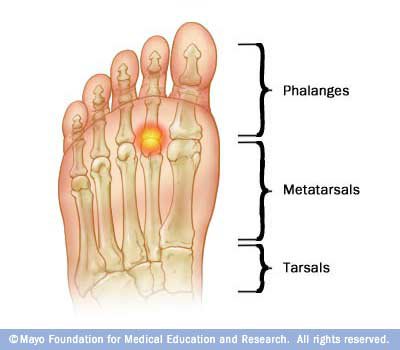 What is Jaw Necrosis
What is Jaw Necrosis
Jaw necrosis, also known as Osteonecrosis (ONJ), dead jaw or bis-phossy jaw and listed under the general category of avascular necrosis (death of bone), is a severe, painful bone disease that affects the jaws and is sometimes disfiguring. in jaw necrosis, the jaw bone becomes damaged and because of a reduced blood supply (ischemia), eventually dies (necrosis). ONJ is not a new disease, around 1850 various forms of “chemical osteomyelitis” resulting from environmental pollutants, such as lead and the white phosphorus used in early matches, as well as from popular medications containing mercury, arsenic or bismuth, were reported in the literature. It was associated with localized or generalized deep ache or pain, often of multiple jawbone sites. The teeth often appeared sound and suppuration was not present. recent research presents a growing body of scientific evidence indicate that this disease process, in the cancellous bone and bone marrow, is caused by bone infarcts mediated by a range of local and systemic factors.
Symptoms of Jaw Necrosis
One of the challenges with diagnosing jaw necrosis is that the symptoms can be attributable to other diseases or can be initially quite minor or annoying but not necessarily indicating the development of a more severe illness.
Jaw pain, infection, swelling or jaw numbness can all be indicators of jaw necrosis. Similarly, gum infection, slow healing of the gums, a toothache or loosening of the teeth can also be symptoms of jaw necrosis. One may be suffering from jaw necrosis for many months before being diagnosed with it. The presence of an exposed jaw bone may be the only way that jaw necrosis can be diagnosed, even though there may or may not be swelling of the gums or a toothache. The jaw sits in a unique position whereby it is affected by the masticatory (chewing) muscle and the teeth.
In many cases, problems and symptoms of jaw necrosis will occur after having a tooth extraction or undergoing dental surgery. But, in the majority of these cases, there were prior telltale signs such as infections that were not properly healing or recurring infections or gum disease.
Other Symptomsjaw paininfection of the gums or jaw infectionjaw swellingloosening of the teethtooth achepoor healing gumsnumbness or a feeling of heaviness in the jaw (“Numb Jaw” or “Heavy Jaw”)exposed jawbone and drainage
Treatment of Jaw Necrosis
In most cases, by the time the jaw necrosis is diagnosed, the most effective treatment to date is surgical removal of the bone, although a number of clinicians will initially recommend against such aggressive treatment. some other possible treatments can include the placement of stents (cavity supports), gentle surgical cleaning away of the dead areas of the bone (debridement) and also special antimicrobial rinses to keep the area cleansed. Treatment with systemic antibiotics may help with pain and may infrequently lead to healing.
Other treatment options for jaw necrosisTreatment for osteonecrosis of the jaw only has a minimal effect on the symptoms and problems caused by the dead jaw condition.
antibiotic therapymouth rinseshyperbaric oxygen therapysurgery to remove portions of exposed jaw bone in the mouth
Management for jaw necrosisThe management of the condition will often involve the following recommendations:
consult with an oral surgeonavoid oral surgery to prevent further injuryremove the sharp edges of the exposed jawbone to reduce trauma to surrounding areas of the mouthuse removable appliance to cover and protect exposed boneuse of antibiotic therapy to prevent infection and reduce painfrequent dental visits if symptoms are presentadjustment of dentures to minimize trauma or irritation to the mouthavoid dental implants, as they may result in further osteonecrosis
Medications for jaw necrosisAntibiotic therapy is usually recommended for treatment of osteonecrosis of the jaw. Medications which may be prescribed include:
Penicillin or AmoxicillinClindamycinVibramycinErythromycin Ethylsuccinate
Jaw necrosis is more common in the lower part of the jaw than the upper.
Severity and Classifications of Jaw Necrosis
Various forms of ONJ have been described in medical literature for the past 160 years. however, in recent years, there has been an increased incidence of the disease. One factor that has led to the disease occurring with greater frequency is attributed to biophosphonate medications, which are used to treat and prevent osteoporosis, as well as some forms of myeloma, breast and prostate cancer.
Grade 1: AsymptomaticGrade 2: MildGrade 3: ModerateGrade 4: Severe
Grade 1ASize: Single lesion,